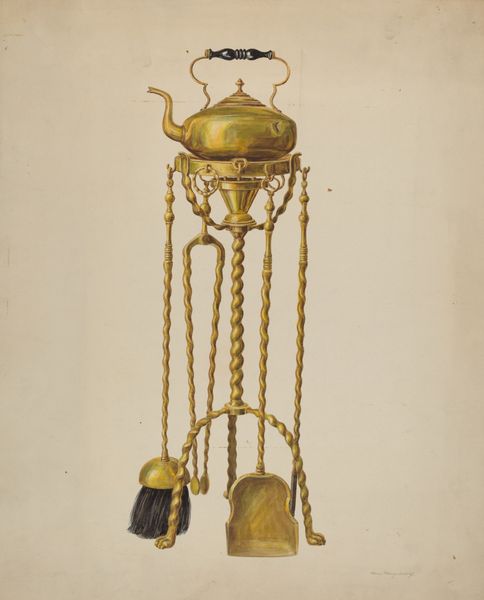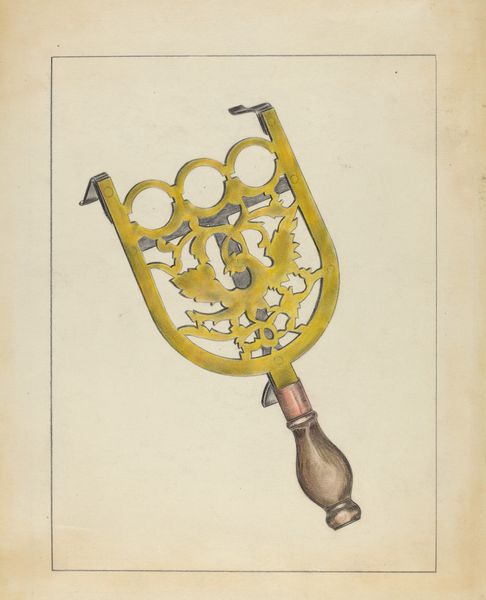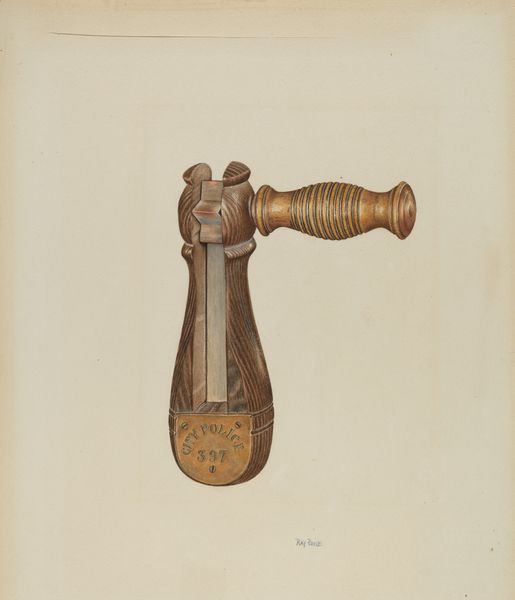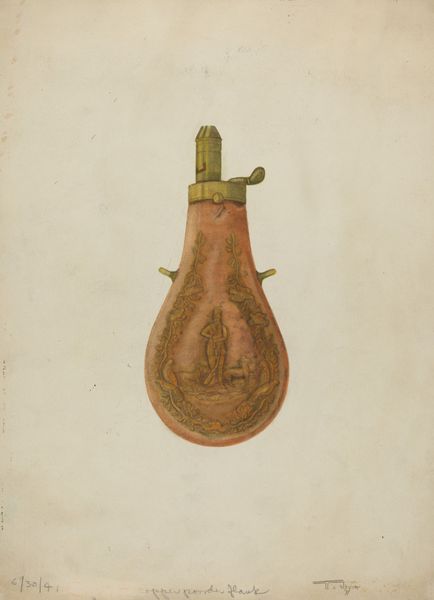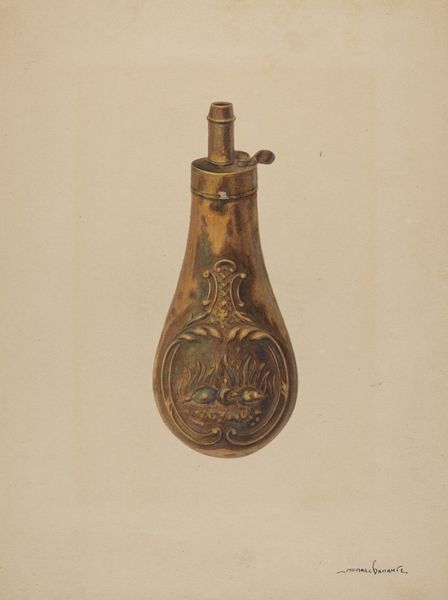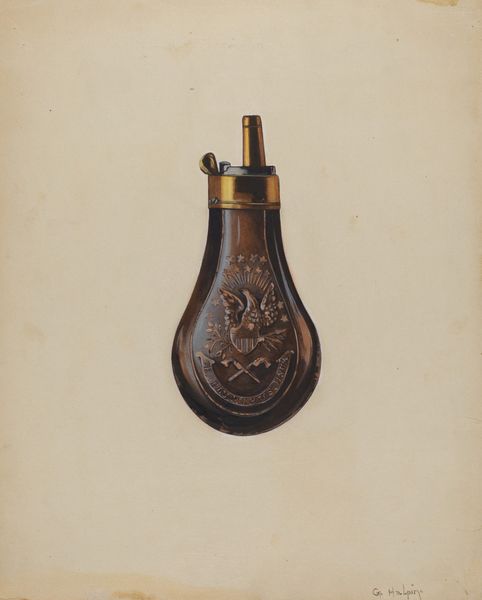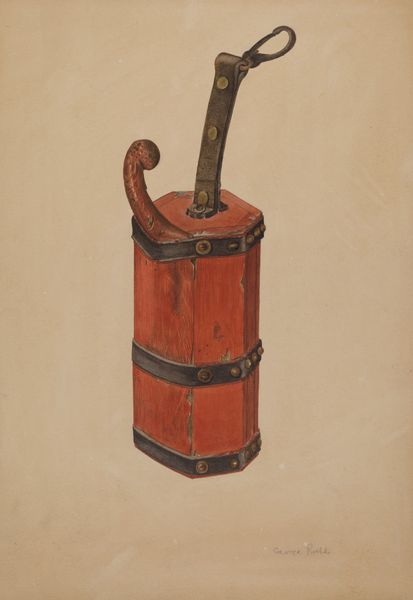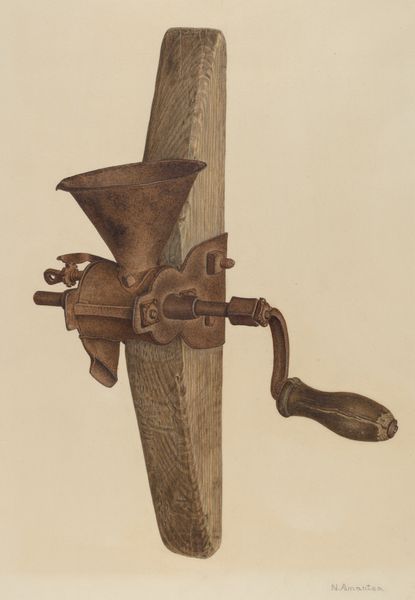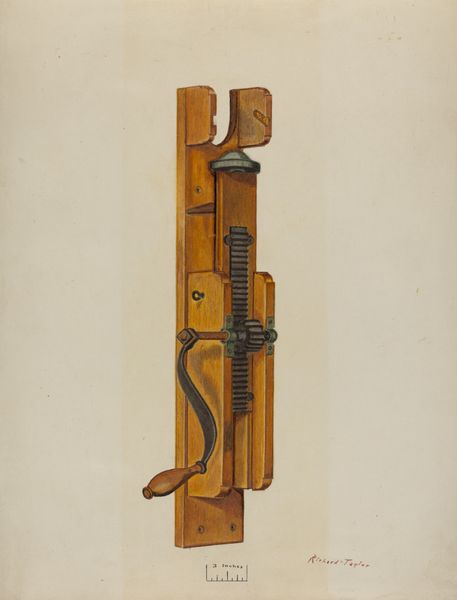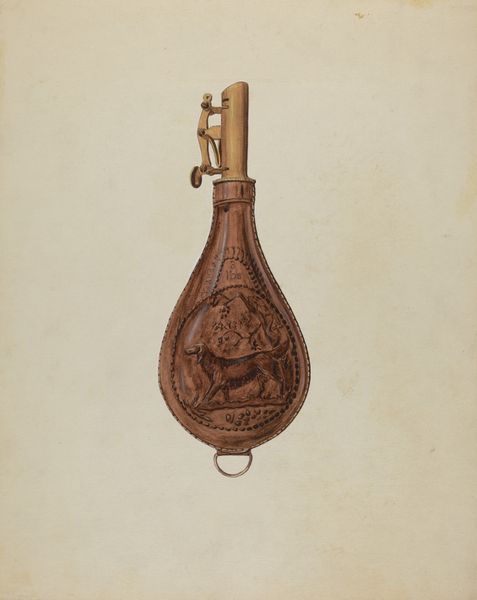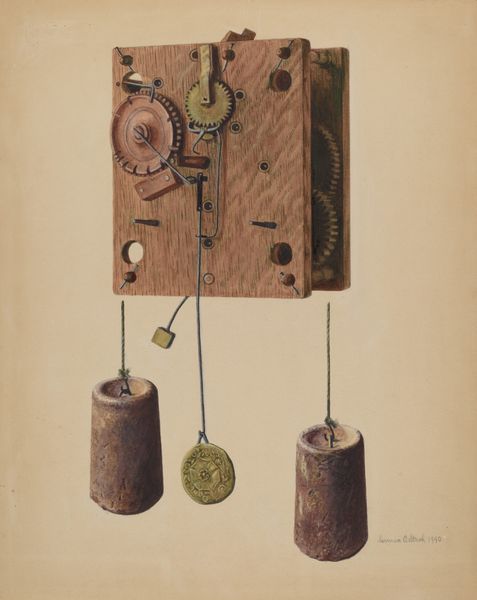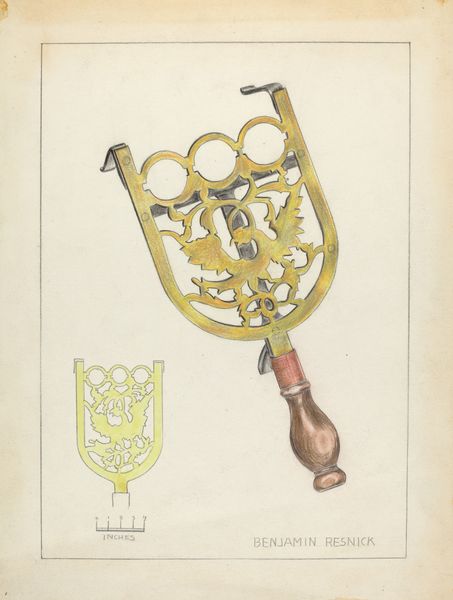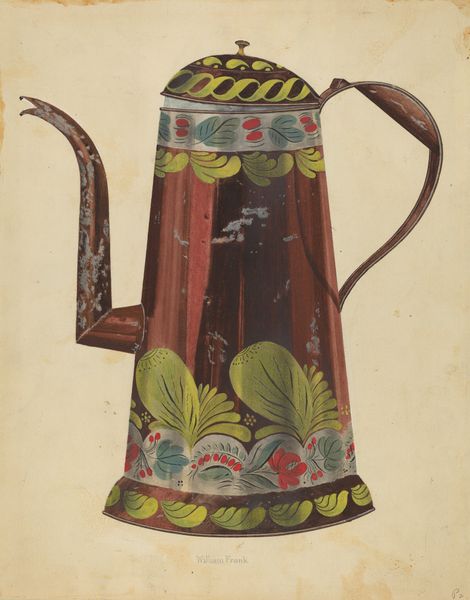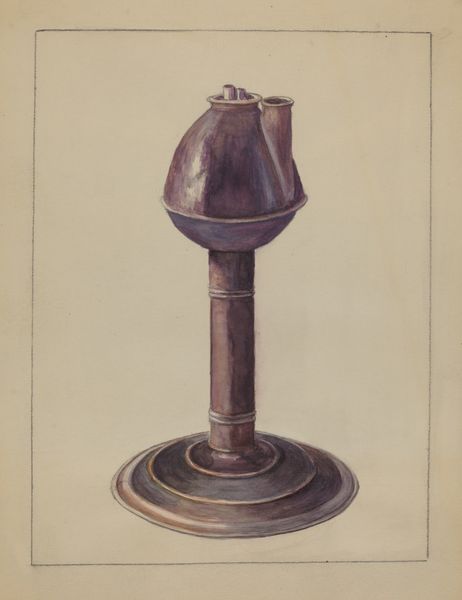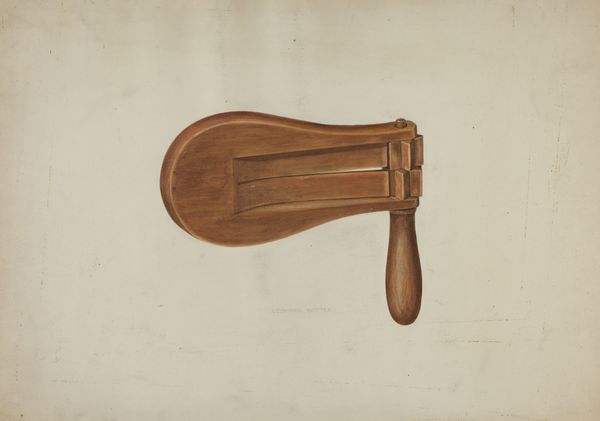
Trompe l'Oeil with Christian V's equipment for Riding to Hounds 1671
0:00
0:00
oil-paint, canvas
#
baroque
#
oil-paint
#
oil painting
#
canvas
#
trompe-l'oeil
Dimensions: 85.5 cm (height) x 77.5 cm (width) (Netto), 92.8 cm (height) x 80.7 cm (width) x 4.6 cm (depth) (Brutto)
Curator: Let's consider Cornelius Norbertus Gijsbrechts’ "Trompe l'Oeil with Christian V's equipment for Riding to Hounds," painted in 1671. The oil on canvas, currently housed in the Statens Museum for Kunst, exemplifies the Baroque fascination with illusion. What’s your initial take on it? Editor: It's wonderfully unnerving, isn’t it? At first glance, it's just gear hanging on a wall, almost like I could reach out and touch the hunting horn. Then the brain kicks in… and it’s unsettling, this perfectly captured deception. It feels strangely… dishonest. Curator: Indeed. The power of Trompe l’Oeil lies in its calculated manipulation of perspective. The artist meticulously renders these objects with incredible precision, from the texture of the wood panel to the glint of light on the brass horn. Look closely at how Gijsbrechts employs chiaroscuro to enhance the illusion of depth and dimensionality. Editor: Absolutely. That sword's hilt, with those tiny, dangling portraits... they look real enough to polish. What does it mean though? This royal gear casually nailed to what seems like unfinished lumber? Is there some sly commentary happening? Or just a king showing off his favorite things? Curator: The arrangement here underscores visual and conceptual duality. There’s the obvious public-versus-private dynamic. The hunting equipment—objects associated with royal sport and pageantry—presented in what appears to be a mundane, even private setting, perhaps a back room or storage area. Then you’ve got reality against its constructed double. Editor: So, a little royal peek behind the curtain, literally? Revealing the backstage where the props for power get stored? Still, this is more than just skill, I feel, or courtly commentary. It gets to a primal fascination we have with fooling the eye, and questioning reality itself. A Baroque inception, perhaps! Curator: A provocative interpretation. One might even read the painting as a subtle commentary on the nature of representation itself. Editor: Which makes it so relevant now, doesn’t it? With our screens, our filters, all the curated illusions. So, what initially looked like a harmless hunting horn turns out to be a complex meditation. Clever Cornelius! Curator: Indeed. Gijsbrechts provides us with not just a feast for the eyes, but also an intellectual puzzle, prompting us to question the very act of seeing.
Comments
No comments
Be the first to comment and join the conversation on the ultimate creative platform.
